Russia, the largest country in the world by landmass, is a mosaic of cultures, landscapes, and vibrant cities. While much of the country’s land is sparsely populated, its urban centers are bustling hubs of economic activity, cultural heritage, and historical significance. From the grandeur of Moscow to the industrial heart of Chelyabinsk, Russia’s cities reflect the nation’s complexity and depth. Here’s an in-depth look at the ten most populous cities in Russia as of 2024, highlighting what makes each one unique and essential to the country’s identity.
1. Moscow – The Heartbeat of Russia
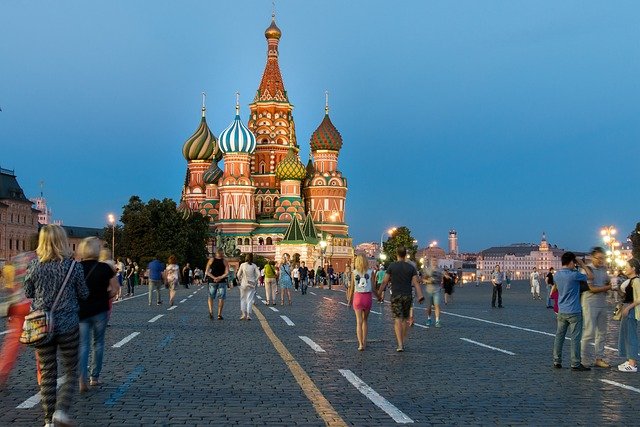
Population: 10,381,222
Moscow, Russia’s capital and largest city, is the undisputed center of political, economic, and cultural life. This sprawling metropolis is home to some of the world’s most iconic landmarks, including the Kremlin, Red Square, and St. Basil’s Cathedral. Moscow is also a global city, attracting millions of tourists, students, and businesspeople annually. The city’s extensive metro system, world-class theaters, and thriving arts scene make it a magnet for creativity and ambition. Moscow’s skyline, punctuated by Stalin’s skyscrapers and modern glass towers, reflects its dynamic growth and ambition to rival other global megacities.
2. Saint Petersburg – Russia’s Cultural Gem
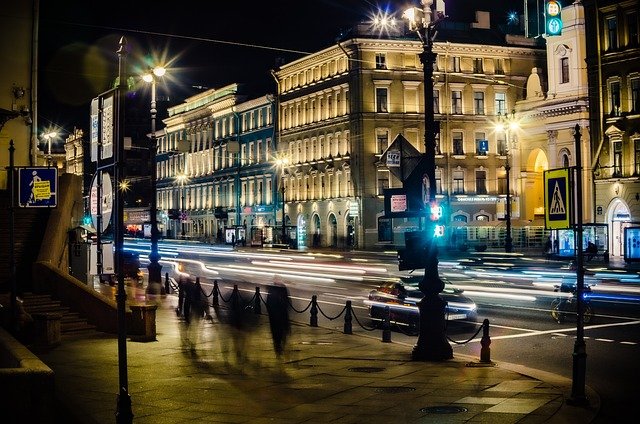
Population: 5,028,000
Saint Petersburg, often referred to as Russia’s “window to Europe,” boasts breathtaking baroque and neoclassical architecture. Founded by Peter the Great, the city served as the imperial capital for two centuries and remains Russia’s cultural heart. Landmarks such as the Hermitage Museum, the Winter Palace, and the Mariinsky Theatre showcase the city’s rich artistic legacy. With its numerous canals, Saint Petersburg is often called the “Venice of the North.” Its vibrant festivals, White Nights celebrations, and literary history cement its reputation as a must-visit city.
3. Novosibirsk – The Gateway to Siberia
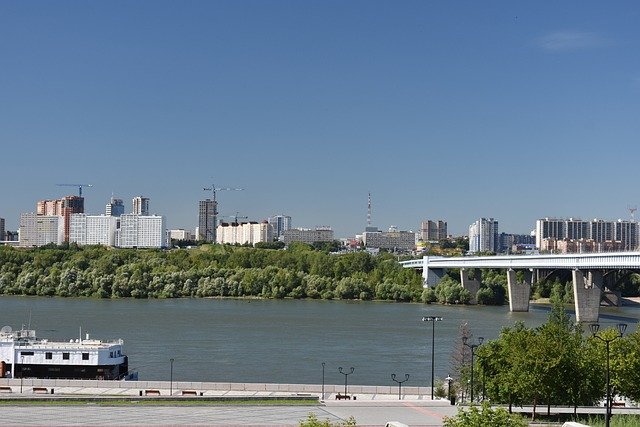
Population: 1,419,007
Novosibirsk, the largest city in Siberia, stands as a symbol of Russia’s expansion eastward. Despite its remote location, Novosibirsk is a thriving economic and scientific center. It is home to Novosibirsk State University and Akademgorodok, a research hub that draws some of the best minds in the country. The city’s Trans-Siberian Railway station connects it to Moscow and Vladivostok, reinforcing its status as a critical transport and industrial hub. The cityscape blends Soviet-era architecture with contemporary development, reflecting its industrial roots and future aspirations.
4. Yekaterinburg – The Industrial Powerhouse
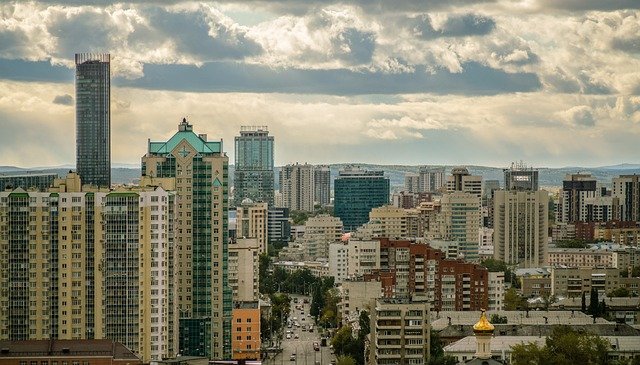
Population: 1,349,772
Nestled on the eastern slopes of the Ural Mountains, Yekaterinburg marks the boundary between Europe and Asia. It is one of Russia’s primary industrial centers, with significant contributions to metallurgy and machinery. Yekaterinburg also holds historical importance as the site of the Romanov family’s execution in 1918, a pivotal moment in Russian history. Today, the city is a modern metropolis with a vibrant arts scene, museums, and theaters. Its skyline reflects both its Soviet past and modern growth, making it one of Russia’s most dynamic urban areas.
5. Nizhny Novgorod – The Riverfront Jewel
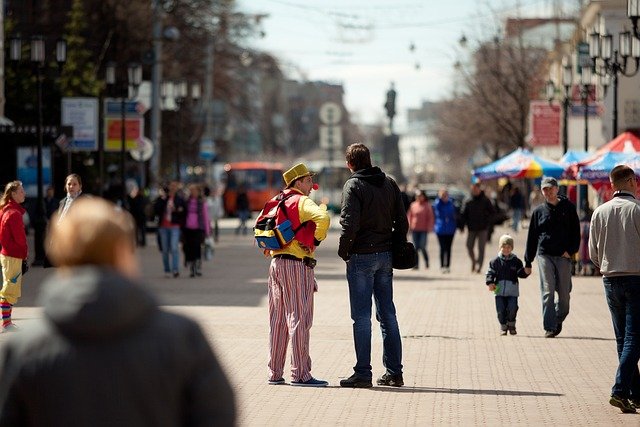
Population: 1,284,164
Located at the confluence of the Volga and Oka rivers, Nizhny Novgorod is a vital economic and transportation hub. The city’s historic kremlin overlooks the riverbanks, serving as a reminder of its rich past. Known for its trade fairs and vibrant cultural scene, Nizhny Novgorod has evolved into an important IT and engineering center. The city’s picturesque landscapes, combined with its historic architecture, attract visitors eager to explore its diverse offerings.
6. Samara – The Aerospace Capital
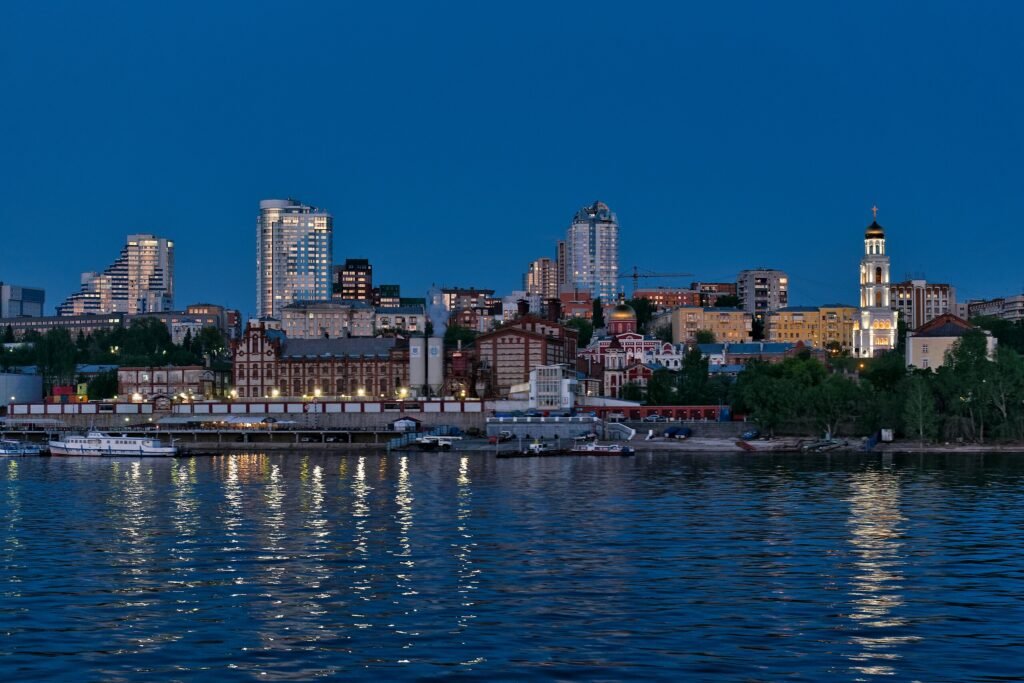
Population: 1,134,730
Samara, situated along the Volga River, is synonymous with aerospace engineering and industrial innovation. During World War II, many factories relocated here, shaping its development as a major manufacturing center. The city’s aerospace industry continues to thrive, producing rockets and satellites. Samara’s riverside embankments are among the longest in Russia, offering locals and tourists stunning views and recreational opportunities. Its blend of Soviet and modern architecture, coupled with its economic significance, positions it as a key player in Russia’s industrial landscape.
7. Omsk – The Siberian Crossroads
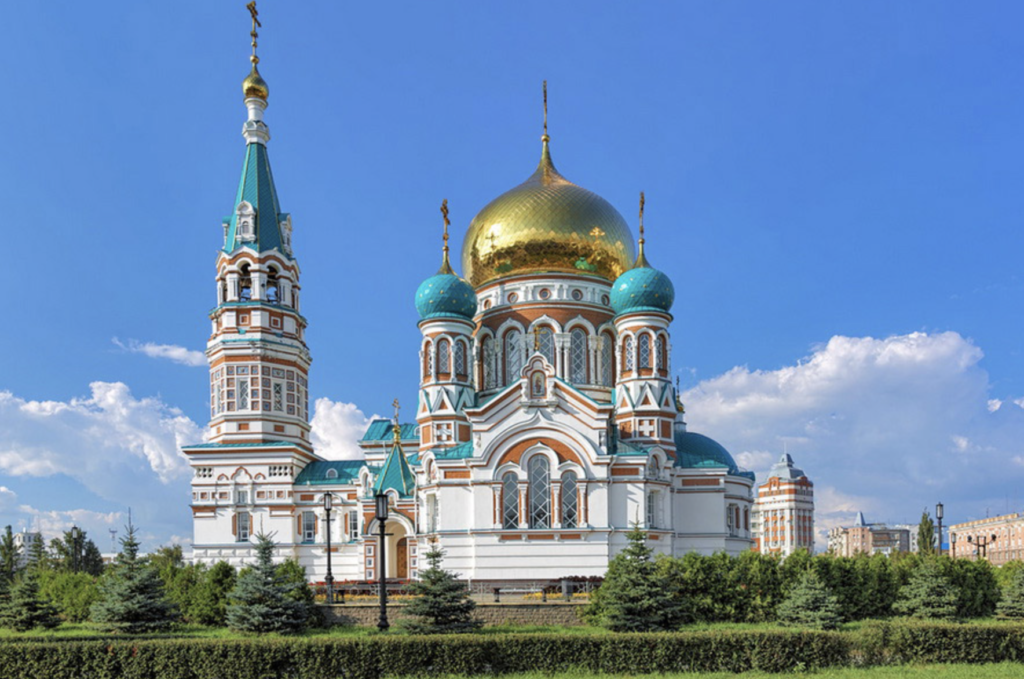
Population: 1,129,281
Omsk, one of Siberia’s largest cities, lies at the intersection of important trade routes. Its strategic location made it a center of oil refining, petrochemicals, and heavy machinery. Omsk’s cultural institutions, including theaters and museums, reflect its importance as a cultural hub in southwestern Siberia. Despite its industrial character, the city is known for its green spaces and historic churches, providing a balance between urban development and natural beauty.
8. Kazan – The Capital of Tatarstan
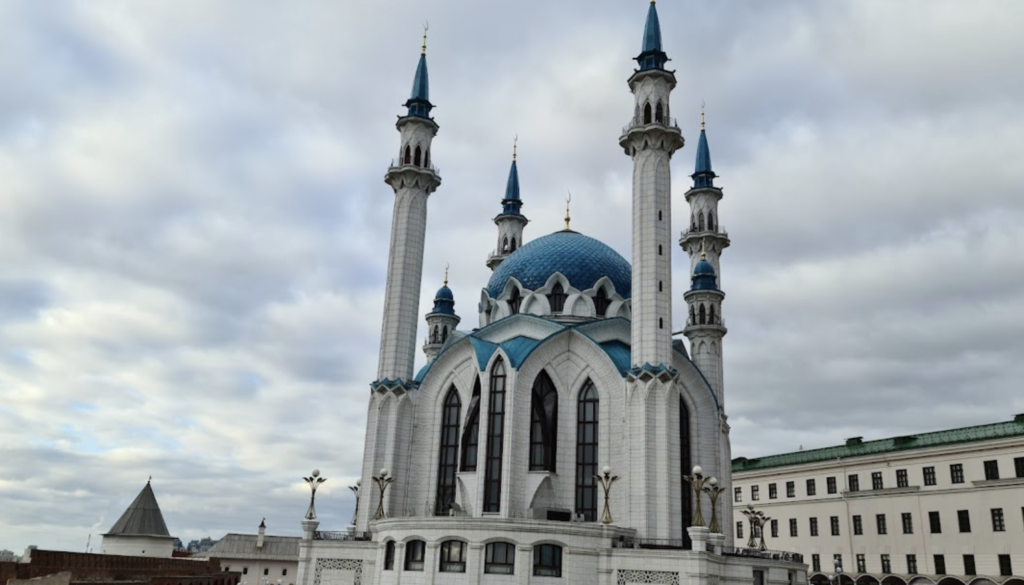
Population: 1,104,738
Kazan is a melting pot of Russian and Tatar cultures, evident in its architecture, cuisine, and festivals. The Kazan Kremlin, a UNESCO World Heritage Site, stands as a testament to the city’s rich history and religious tolerance. Kazan is one of Russia’s most progressive cities, with thriving sectors in education, sports, and technology. Its unique blend of Eastern and Western influences makes it a cultural and economic powerhouse.
9. Rostov-on-Don – The Southern Gateway
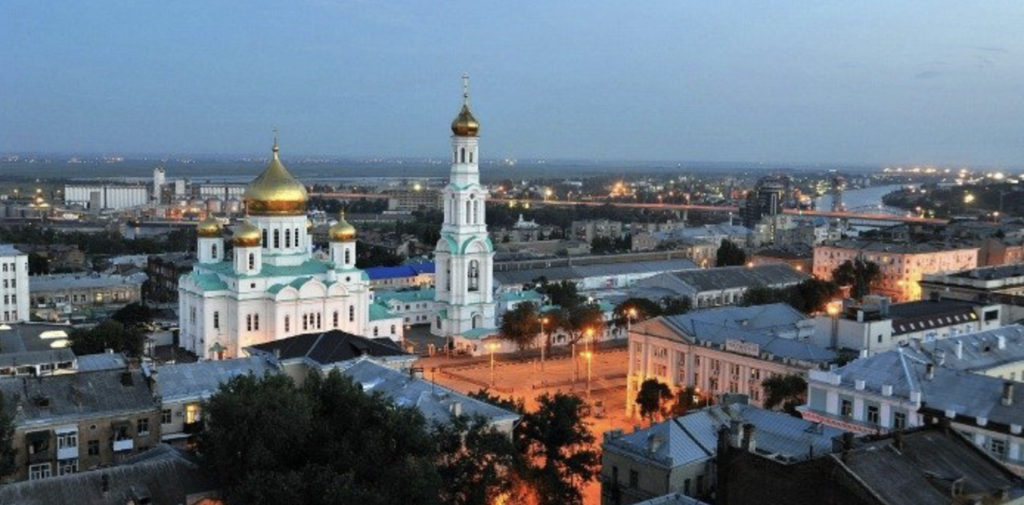
Population: 1,074,482
Rostov-on-Don serves as a gateway to the Caucasus and a vital port city on the Don River. Its proximity to the Black Sea enhances its importance in trade and commerce. Rostov is known for its vibrant culinary scene, with local markets offering a variety of southern Russian delicacies. The city’s theaters, museums, and parks make it a cultural hub in southern Russia, drawing visitors from across the region.
10. Chelyabinsk – The Backbone of Russian Industry
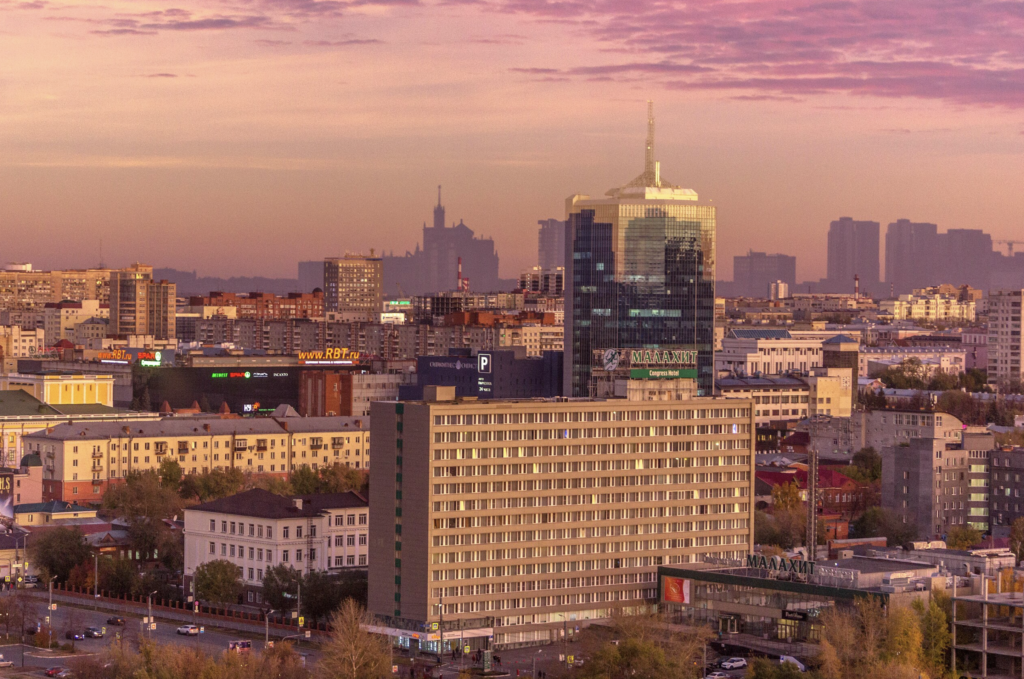
Population: 1,062,919
Located just east of the Ural Mountains, Chelyabinsk is an industrial giant, known for its steel production and heavy machinery. The city played a crucial role in World War II, producing tanks and weaponry for the Soviet Union. Today, Chelyabinsk continues to thrive as an industrial center while also focusing on urban development and environmental initiatives.
Conclusion
Russia’s top cities are more than just population centers – they are vibrant hubs of culture, history, and innovation. Each city tells a unique story, contributing to the nation’s diverse urban tapestry. Whether exploring Moscow’s historical landmarks or experiencing Kazan’s cultural fusion, these cities offer a glimpse into the rich and complex fabric of Russian life.